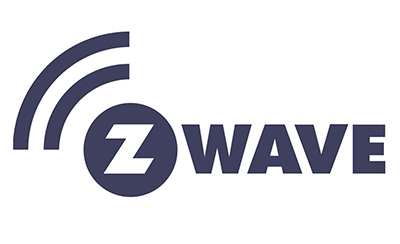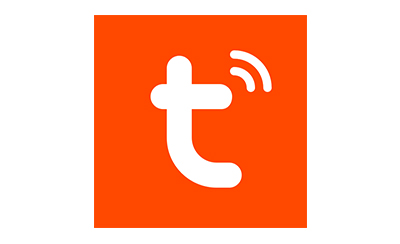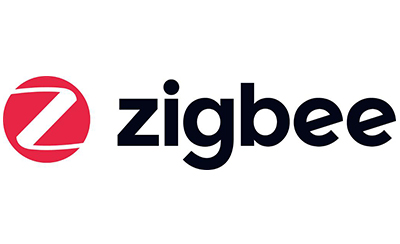Smart Home: An overview of the protocols!
In a home automation network you often have a central connection system that controls everything. This smart hub or gateway allows smart devices to talk to each other, even if they have different software or protocols. An example of these protocols are Zigbee, Z-Wave and WiFi. You also have open platforms that can borrow software for smart home devices. An example of this is Tuya. Below we explain the differences in these wireless smart home communication protocols.
#1 Zigbee
Zigbee is a kind of WiFi, but specially developed for home automation. It complements Bluetooth and WiFi. For Zigbee you need a universal base (gateway) to operate everything. All devices that support Zigbee can be linked to this base, even from other brands.
Advantages of Zigbee:
• Communication is two-way and therefore very reliable
• Uses the same band as WiFi and Bluetooth 2.4 GHz
• Energy-efficient technology
• Connect many devices (up to 65,000 devices in one network)
• The devices are connected in a mesh network, which means that signals are passed on, which ensures a larger and more stable range.
• Cheaper than Z-Wave counterparts
Disadvantage of Zigbee:
• Devices cannot be paired directly with smartphone
Zigbee is used by major brands such as: IKEA Trådfri, Philips HUE, Trust. The most well-known Zigbee hubs/controllers are Samsung (SmartThings), Homey (Athom) and Zipato (Zipatile). The Elka Pieterman range includes Marmitek Smart Me products and Angel Eye smoke, heat and carbon monoxide detectors that can be linked in a Zigbee network.
Note: Philips Hue also works with Zigbee, but this is a closed protocol. This means that you can connect Philips Hue lamps to a Zigbee network, but you cannot connect other Zigbee devices to the Philips Hue hub.
 #2 Z-wave
#2 Z-wave
Like Zigbee, Z-Wave is also a wireless technology for home automation. It is a standardized protocol that also uses a mesh network.
The advantages of Z-Wave:
• Communication is two-way and therefore very reliable
• Operates on the 868MHz band, giving it better range, even through walls
• Z-Wave is not hindered by WiFi and Bluetooth 2.4 GHz
• Greater range than Zigbee
• Link up to 232 smart devices
Z-Wave is used for alarm systems and home automation by brands such as Aeotec, Alarm.com, Danfoss, Fibaro, Homey & Ring.
 #3 Tuya
#3 Tuya
Tuya Smart consists of three functions for the smart home market: Cloud, connectivity & app. In terms of connectivity, the platform uses Wifi, Bluetooth, Zigbee or GRPS. More and more smart products are currently being designed with Tuya Smart. This ranges from smart plugs to smart kettles.
Advantage of Tuya:
• Devices use WiFi
• No hub required
• App functionality
• Connect devices to Google Home
These brands work with Tuya, among others: Archos, Calex, Energizer, Eve, Hombli, LSC Smart Connect, Nedis, TLC, IKEA Trådfri, WOOX, Wyze.
View all news